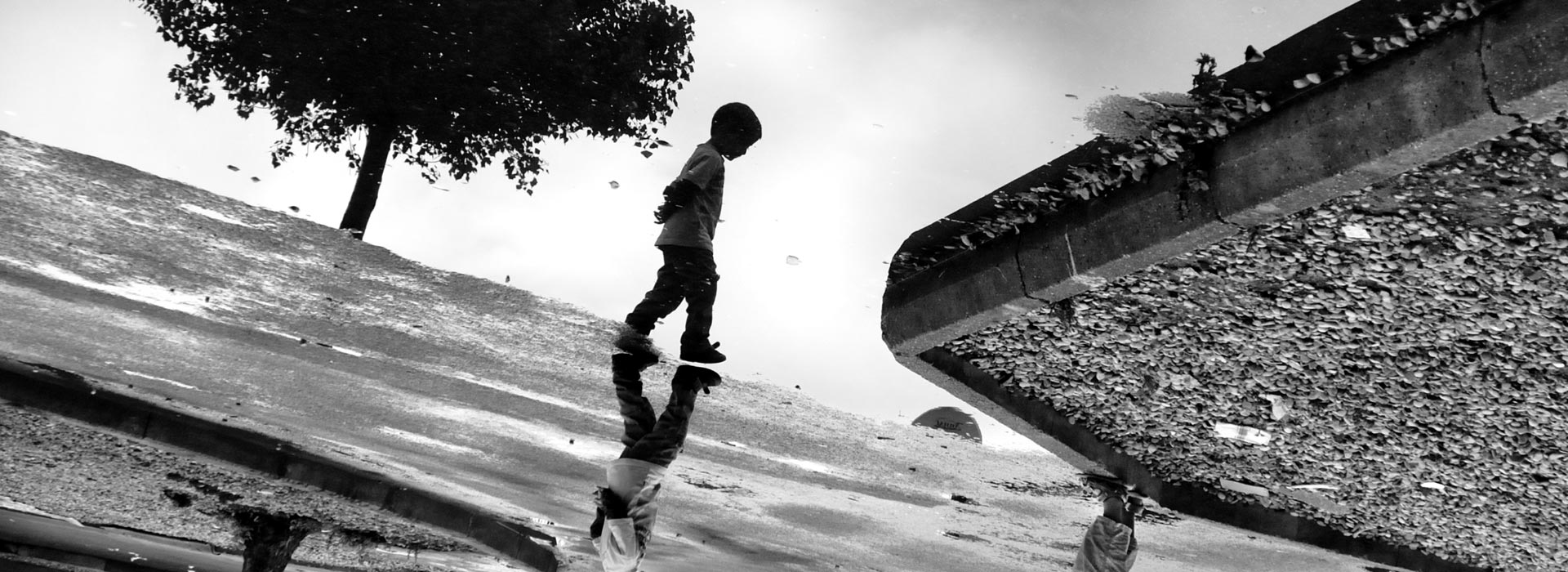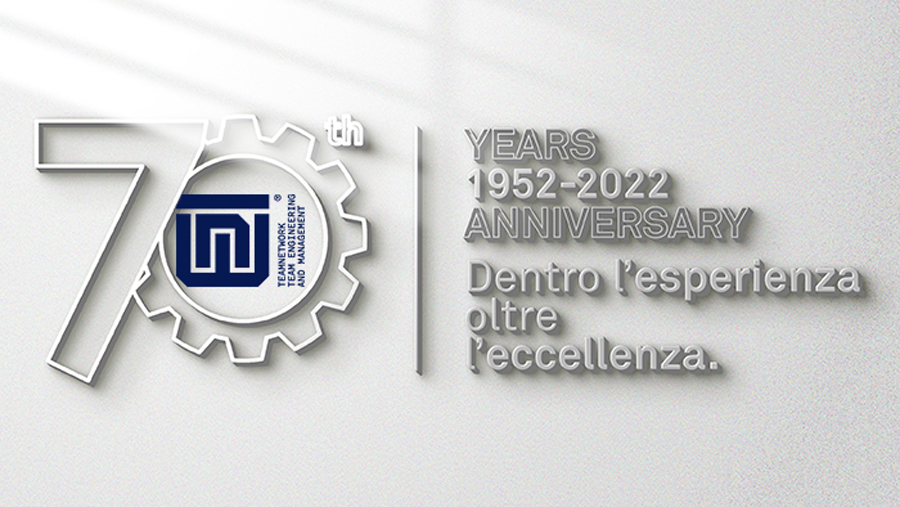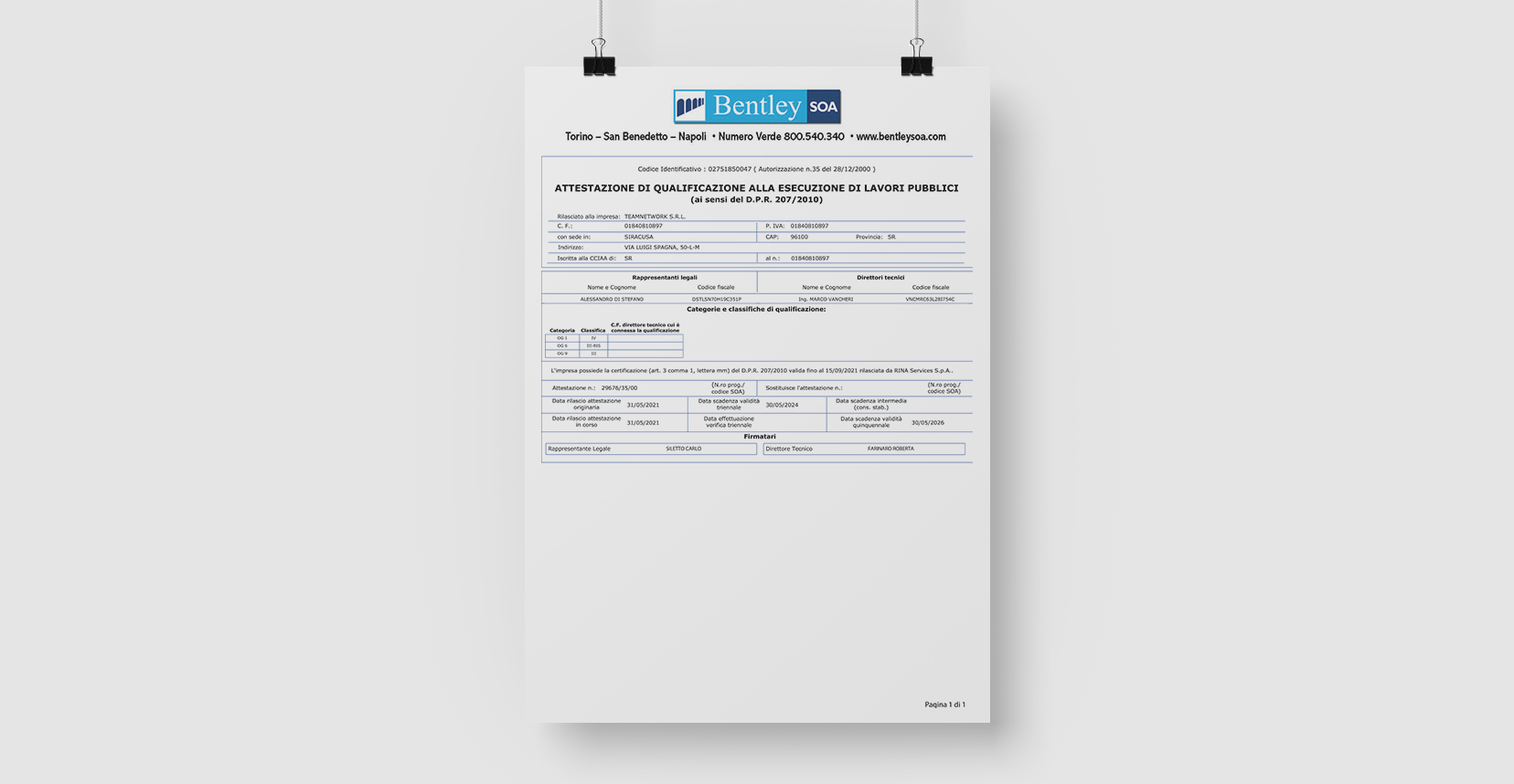
The interconnections of co-existence (this is applicable to any group or community) consist of two radical drives that are intimately related but diametrically opposite: on one hand the drive to belong and, on the other, to be independent. For one’s entire existence attempts will be made, at many levels, to create synergies with these potentials that tend, like Plato’s horses, to move in opposite directions. There is a feeling, based on the background of each individual and the periods of that person’s existence, of a pressing fear of being suffocated by others or of assuming the responsibility of one’s uniqueness. In other words, this refers to the way in which the space between oneself and others is filled, that concrete place in which each relationship is specified and experienced, a place that Buber calls “the between” and Goodman “contact-boundary”.
Efforts are made to seek some underlying rules that provide structure to this never resolved game of co-existence and it seems that the quality of this game does not depend only on the willingness or the openess of others (attitudes of sincere affection and willingness can, in fact, also produce paternalism, misunderstandings and misinterpretations) but also requires very specific ways of thinking. A constituting element of relational skill is non-egocentric thought, i.e. thought capable of going beyond one’s own point of view. In other words: the arduous task of combining the drive towards independence with that of belonging in a harmonious and significant manner is facilitated or hindered depending on the thoughts one has about living together. In this sense, it can be affirmed that the first rule of the game is to be familiar with those rules and to discuss them. Here are some possible rules:
Rule one: also in the relationships in which specific values are shared, when contrasts are not present, subjectivity and its very personal way of understanding and experiencing such (established) values must be allowed to emerge.
Rule two: to recognise diversity as a need of the relationship. It’s a matter of constructing....a space in which each person understands the identical message in his or her own way.
Rule three: the commitment to rewrite the basic rules of the relationship. Today, we must take the path that leads to the “culture of the relationship”. We can also keep in mind some statements that can create a solid base for our way of thinking, such as: There is no difficult “other”: there is a relationship in which “I” have difficulties. There are no others to make me lose patience: they only make my limits emerge. Each identity is built from a relationship and is defined with respect to someone. Here is the crux of the issue: the relationship becomes real and is regenerated when each individual gradually removes the constructs of power and seduction, of dependency and accusation to enter a land that is totally unknown: the “no man’s land” where we rediscover – finally and uniquely – that we are travel companions.
These brief comments express, in an understandable manner, on one hand, the essence of what has remained for me of the “Best Year Yet” experience, shared with you last year and, on the other, the points on which our group I believe should delve further and, I hope, continue to construct its history. From the path that was taken, each of us took in what they were willing and ready to do. In addition to what was previously expressed, what remained with me can be summarised as follows: time and relationship are united by the same destiny: they are saved or lost together. If the other person is no longer present, then also time loses it meaning. Only the relationship transforms time from kronos (chronological time) to skopos (aim or objective) and, from this, to kairos (the time of grace). Such a gift is granted only to those who are willing to “lose time” in the relationship to avoid losing the time of the relationship.





